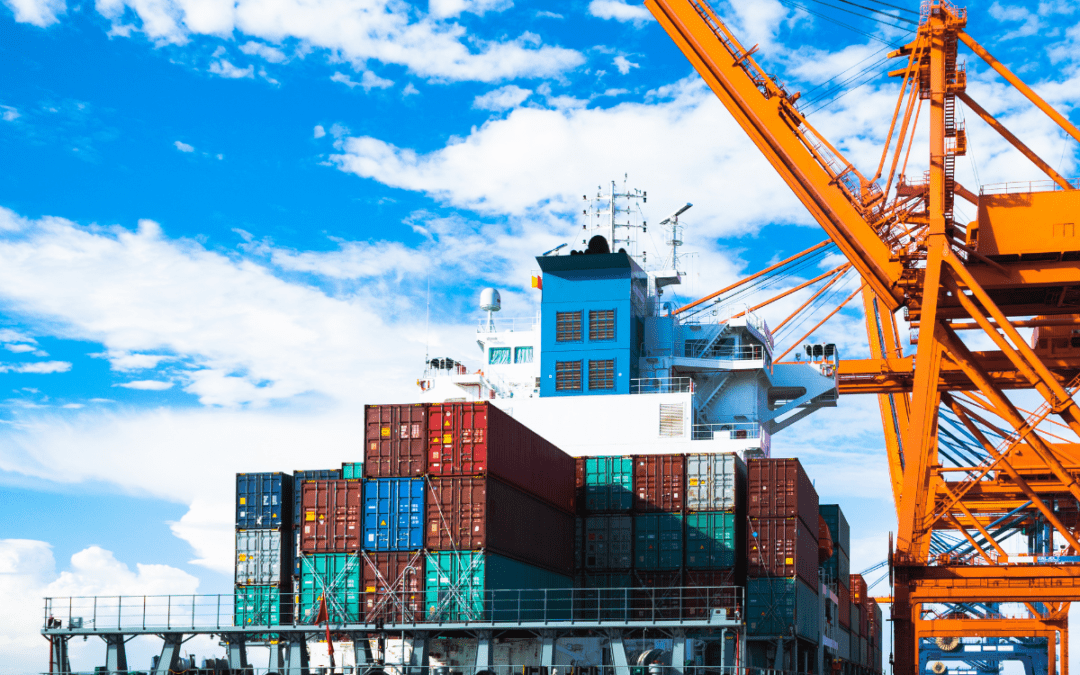The global supply chain continues to face disruption, with ongoing challenges like port congestion, labor shortages, and conflict. In this environment, it’s more important than ever for businesses to stay ahead of the curve and adapt to changing conditions.
📍Here are five key supply chain trends to watch in 2024, as highlighted by Tim Murphy, Managing Partner:
- Sustainability Takes the Spotlight
- What’s Changing: Verifiable sustainability measures will be given increased importance, driven by international reporting standards. Companies will need to showcase eco-friendly processes and adhere to stringent metrics throughout their supply chains.
- Impact: This trend will drive significant shifts in sourcing, manufacturing, and distribution processes. While it may initially increase costs as companies invest in sustainability measures, it will also uncover opportunities for process improvement and cost savings. In the long run, it will enhance brand reputation, customer loyalty, and profitability among well-informed and eco-conscious consumers.
- Resilience in the Face of Disruption
- What’s Changing: The rise in climate hazards and geopolitical uncertainties emphasizes the criticality of supply chain resilience. Companies are expected to invest more in building robust, adaptive systems capable of withstanding unforeseen shocks and stresses.
- Impact: The focus on resilience will prompt organizations to invest in process enhancements and tools that mitigate their exposures. Operational models may pivot towards regionalization, shortening supply chains to mitigate the impact of global crises.
- Transitioning Towards Strategic Relationships
- What’s Changing: Leading organizations are transitioning supply chain relationships from transactional to strategic. There is a growing recognition that deeper collaboration and shared goals, beyond immediate cost considerations, can enhance value and manage risks more effectively.
- Impact: This trend emphasizes the need for transparency, trust, and mutual benefit in supplier interactions. Companies that adapt to this trend will experience improved innovation, operational efficiency, and better risk management.
- Ocean Carrier Capacity
- What’s Changing: Large ocean carriers, influenced by various factors, will continue to reduce capacity, leading to shipping congestion and increased costs in global supply chains.
- Impact: Supply chain and procurement professionals will need to explore alternative strategies, such as shifting towards regional production, increasing lead times, or prioritizing shipping schedule reliability over cost.
- Struggle for Strategic Influence
- What’s Changing: With the pandemic fading in the rearview mirror and despite the importance of supply chain and procurement functions, many practitioners are facing challenges in maintaining a strategic role in their organizations.
- Impact: To remain relevant, supply chain and procurement professionals must continue to demonstrate their value, emphasizing the role of their functions in business and revenue continuity, innovation, and market differentiation.
These are just a few of the supply chain trends that businesses need to be aware of in 2024. By staying informed and adapting to change, businesses can navigate the challenges ahead and emerge stronger.

